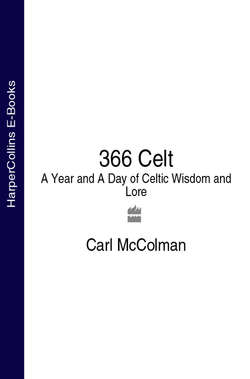Читать книгу 366 Celt: A Year and A Day of Celtic Wisdom and Lore - Carl McColman - Страница 41
34 THE PATH OF THE BARD
ОглавлениеIn the end, Senchán Torpéist revived The Tain not by detective work or by educated guesswork—he received supernatural assistance. The spirit of one of the ancient heroes visits him, and sets the record straight. And thus, the seventh-century bard is able to preserve a story that probably dates back some five to six hundred years before his time. So we come to another important characteristic of the bards. Their skills and training extended beyond those of a mere journalist or historian—their poetry was regarded as having a spiritual component, making them not only poets, but prophets as well (prophecy meaning not only the ability to speak of the future, but in its broader sense of the ability to speak any spiritually-sourced truth). In Ireland, the bards were known as the filidh, a word best translated as “seer-poet.” The eloquence of the bard came not only from their own training and natural abilities, but also from their abilities to communicate with the otherworld. As a weaver of words and a preserver of memories, the bard also played a necessary third function: as a spokesperson for Spirit. Indeed, the filidh were regarded as having magical abilities. Which is not too surprising, considering that the order of bards probably originated in the ancient priestly function of the druids.
